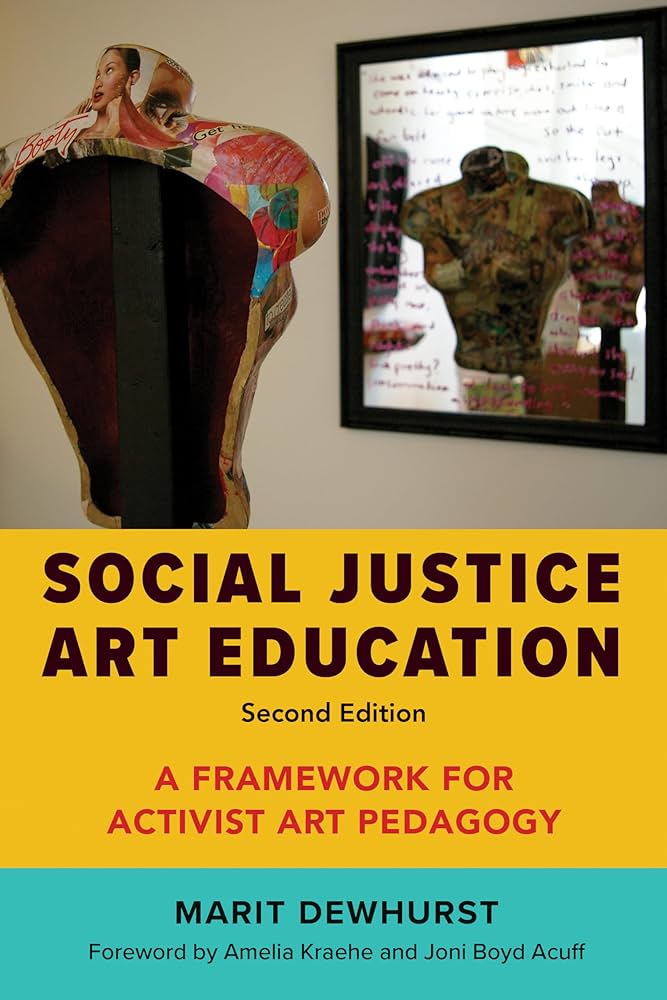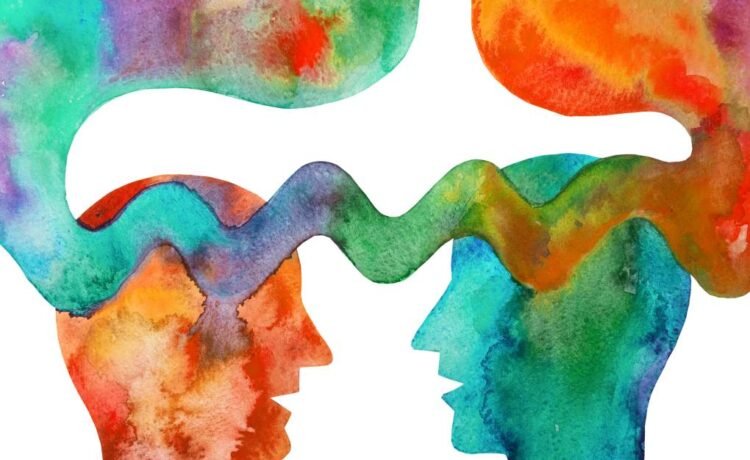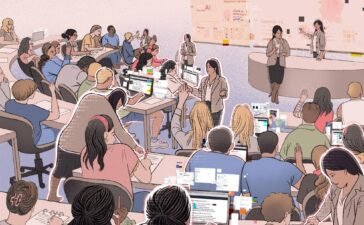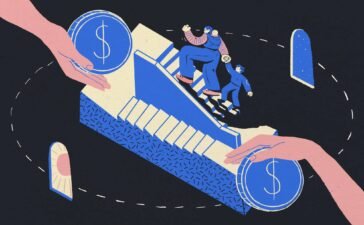Adapted with permission from Dewhurst, M. (2023). Social Justice Art Education: A Framework for Activist Art Pedagogy, 2nd Ed., (pp. 37 – 39). Harvard Education Press.
Listen to any group of artist-educators talking about their work and you’ll notice the slip to we in conversations about social justice education. It’s a very active we, an invitation to collective work. We engage in social justice art education (SJAE) when we come with the understanding that we will be working with other people to create activist artwork together; it is not a solitary practice, it requires the we. We cannot dismantle deep legacies of oppression alone — we need each of our perspectives, skills, dreams, vantage points, lenses, imaginations and strategies. We need the specific powers that we each bring based on our social identities, lineages and lived  experiences. As Mariame Kaba reminds us, “None of us has all of the answers, or we would have ended oppression already. But if we keep building the world we want, trying new things and learning from our mistakes, new possibilities emerge.” To make artwork that has a chance at transforming the world toward justice, we need each other.
experiences. As Mariame Kaba reminds us, “None of us has all of the answers, or we would have ended oppression already. But if we keep building the world we want, trying new things and learning from our mistakes, new possibilities emerge.” To make artwork that has a chance at transforming the world toward justice, we need each other.
Writing about the Three Sisters — corn, beans and squash — within many Native American approaches to agriculture, educator and scholar Robin Wall Kimmerer describes the interdependent nature of these three different plants: “In ripe ears and swelling fruit, they counsel us that all gifts are multiplied in relationship. This is how the world keeps going.” Kimmerer describes how each plant provides a necessary element that allows all three to thrive in abundance: the beans bring needed nitrogen as they climb the corn and the squash offers shade and stability. Planted together, these three plants thrive based on their specific contributions. This emphasis on relationships is echoed in nearly every discussion of social moments that prioritize justice, community and collective action. Social change happens when people work, imagine and create together, depending on collective strengths and shared visions of the world. Writing about our need for collectivity, Carla Shalaby notes that “No single one of us has the creativity, the courage or the skill enough to teach love and learn freedom alone. This work that requires an imagination developed together, the courage of a community and the combined skills of each member of that community.”
This kind of intentional commitment to community is not simple, easy or tidy. At its best it is messy, slow, complicated, challenging, hard and sometimes painful. It requires a deep and abiding form of trust between people — a trust that we can sustain our connections through conflict, disagreement and inevitable change. Tending to relationships takes time and intentionality. Kimmerer points to the challenge that we are socialized for a transactional economy. Even in education settings where we rely on relationships to teach and learn together, we are submerged in a social system that still assumes the teacher as the provider of learning, the student as the recipient and the end result as a passing grade. SJAE’s reliance on collaboration means that we must attend specifically to building and nurturing relationships rooted in mutual trust. We must, in the words of activist adrienne maree brown, “move at the speed of trust.” For educators working within the constraints of bell schedules and funder requests, this is often a very hard shift in pedagogy. To move at the speed of trust, to truly allow time and breathing room to tend to the complexity of building and sustaining relationships means we may need to readjust the scale of our artworks. While it may be controversial to state, the priority in SJAE lies with people, not artworks; we must uphold commitments to the people with whom we work above any final artwork.
To focus so intentionally on the relationships we have with others requires us to be both vulnerable and open to change—to allow ourselves to be challenged and transformed by different perspectives and ideas. As Kaba writes, “Being intentionally in relation to one another, a part of a collective, helps to not only imagine new worlds but also to imagine ourselves differently.” Relationship-building asks us each to confront the powers and positionalities we embody and to be wide open to the ways in which they intersect with, bounce off of or collide with our colleagues in art-making. This form of vigilant self-reflection can be exhausting as we hold our hearts open to the constant bumping into other people. It also requires us to know ourselves well and to be gentle to our own growth as we deepen our understanding of how we are shaped by those internalized, interpersonal and systemic forms surrounding us. In her discussion of the Three Sisters, Kimmerer reminds us that, like the plants, we must embrace “our unique gift and how to use it in the world.” She continues, highlighting how we must hold both our individual gifts and our collective work simultaneously, “Individuality is cherished and nurtured, because, in order for the whole to flourish, each of us has to be strong in who we are and carry our gifts with conviction, so they can be shared with others.” This kind of “both-and” thinking is at the crux of SJAE. Everything is both-and: we are both individuals and part of communities; we live in a world where there is both painful injustice and liberating possibility; we have both expertise to share and much to learn; we are in need of both urgent solutions and patient community consensus. These generative tensions constantly shape how we relate to each other as we shift and grow in connection to the people around us.






